#robert e. lee
Text
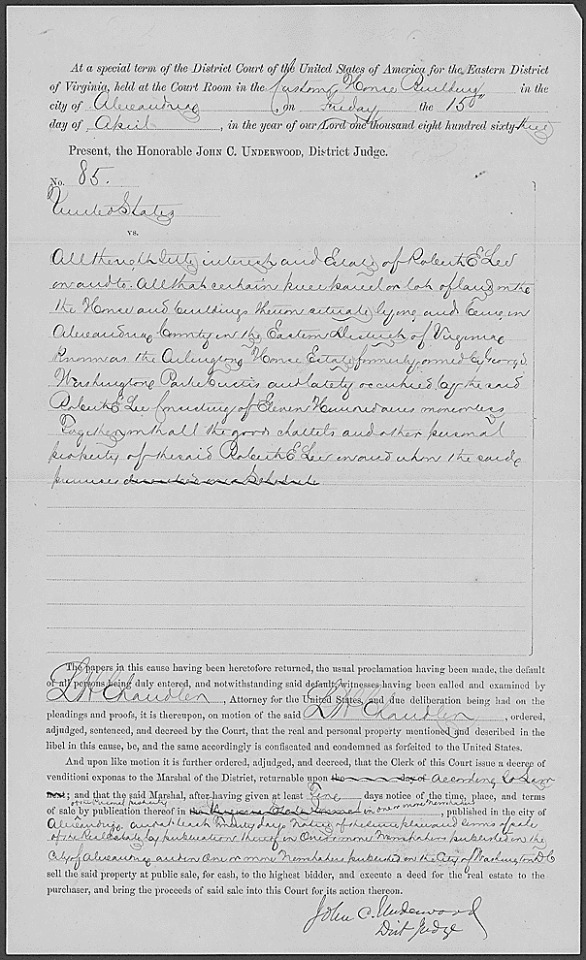
Condemnation Decree filed in U.S. v. All the Rights, Titles, of Robert E. Lee (Robert E. Lee Confiscation Case)
Record Group 21: Records of District Courts of the United StatesSeries: Confiscation Case FilesFile Unit: U.S. v. The Right, Title, Interest, and Estate of Robert E. Lee
[printed] At a special term of the District Court of the United States of America for the Eastern District of Virginia, held at the Court Room in the [handwritten] Customs House Building [typed] in the city of [handwritten] Alexandria [printed], on [handwritten] Friday the 15th day of April, [printed] in the year of our Lord one thousand eight hundred sixty three
[printed] Present, the Honorable John C. Underwood, District Judge.
[handwritten] No. 85
United States
vs.
All the rights titles interests and the Estate of Robert E Lee in and to All that certain piece parcel or lot of land and to the Home and buildings thereon situated lying and being in Alexandria County in the Eastern District of Virginia known as the Arlington House Estate formerly owned by George Washington Parke Custis and lately occupied by the said Robert E Lee Consisting of Eleven Hundred acres more or less Together with all the goods chattels and the personal property of the said Robert E Lee in and upon the said premises [illegible]
[printed] The papers in this cause having been heretofore returned, the usual proclamation having been made, the default of all persons being duly entered, and notwithstanding said default, witnesses having been called and examined by [handwritten] L H Chandler [printed] , Attorney for the United States, and due deliberation being had on the pleadings and proofs, it is thereupon, on motion of the said [handwritten] L H Chandler [printed] , ordered, adjudged, sentenced, and decreed by the Court, that the real and personal property mentioned and described in the libel in this cause, be, and the same accordingly is confiscated and condemned as forfeited to the United States.
[printed] And upon like motion it is further ordered, adjudged, and decreed, that the Clerk of this Court issue a decree of venditioni exponas to the Marshall of the District, returnable upon [handwritten] ascending [illegible word]; [typed] and that the said Marshal, after having given at least [handwritten- Tene?] [printed] days notice of the time, place, and terms of sale [carrot-handwritten in] of the personal property [printed] by publication thereof in [handwritten] the Virginia State District in one or more [illegible word] [printed] published in the city of [handwritten] Alexandriae. [illegible 3 words] dat. Notice of [illegible word] place and [illegible word] of sale of the Real Estate by [persecutions?] thereof in one or more [illegible 2 words] in the City of Alexandria and in one or more [illegible 2 words] in the City of Washington DC [printed] sell the said property at public sale, for cash, to the highest bidder, and execute a deed for the real estate to the purchaser, and bring the proceeds of said sale into this Court for its action thereon.
[handwritten signature] John C. Underwood
Dist Judge
35 notes
·
View notes
Text
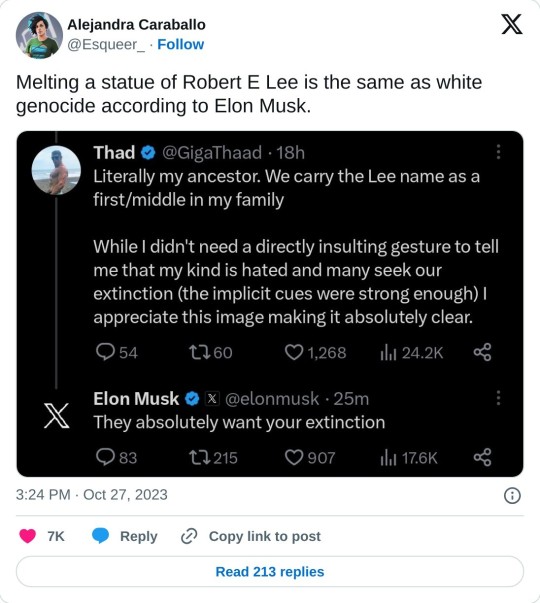
#us politics#republicans#conservatives#tweet#twitter#x#@esqueer_#alejandra caraballo#robert e. lee#confederate states of america#fuck the confederates#confederate pride#fuck the confederacy#confederate monuments#elon musk#fuck billionaires#eat the rich#2023
73 notes
·
View notes
Photo
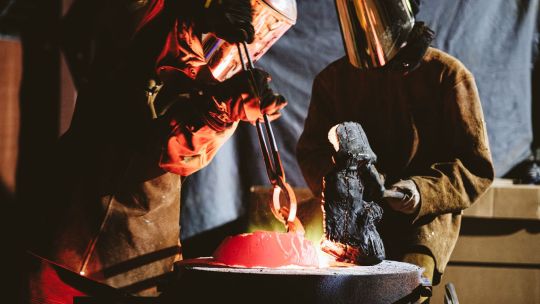
(via Robert E. Lee Confederate statue in Charlottesville melted down)
A community initiative dubbed "Swords into Plowshares" plans to use the materials to create a new work of public art it intends to gift to the city.
46 notes
·
View notes
Text
#OTD in 1861 – The American Civil War began; 150,000 Irishmen would serve with the Union forces, and 40,000 with the Confederacy.
The American Civil War began, a war that would not only pit American against American but also Irish against Irish. An estimated 150,000 Irish fought on the Union side while about 40,000 fought for the confederacy. While the majority fought with the Union, many Irish had a strong antipathy to a northern culture which they perceived as anti-Catholic and Protestant dominated. The most famous Irish…

View On WordPress
#American Civil War#Confederacy#Fighting 69th#General Patrick Cleburne#Irish Brigade#Irish Soldiers#Robert E. Lee#Thomas Meagher#Union
11 notes
·
View notes
Text
"Confederate monuments bear what the anthropological theorist Michael Taussig would call a public secret: something that is privately known but collectively denied. It does no good to simply reveal the secret — in this case, to tell people that most of the Confederate monuments were erected not at the end of the Civil War, to honor those who fought, but at the height of Jim Crow, to entrench a system of racial hierarchy. That’s already part of their appeal. Dr. Taussig has argued that public secrets don’t lose their power unless they are transformed in a manner that does justice to the scale of the secret. He compares the process to desecration. How can you expect people to stop believing in their gods without providing some other way of making sense of this world and our future?
Swords Into Plowshares might have been the first to propose melting, but other communities are working out their own creative visions for Lee’s afterlife. One of the biggest changes so far has been at Arlington House, the historic plantation mansion at the center of Arlington National Cemetery, which is the official national Robert E. Lee Memorial. In 2021, Arlington House reopened with displays not only about Lee’s family, who lived there after they inherited it from Lee’s father-in-law, but also about the lives of the families enslaved there. Even Lee’s burial site at Washington and Lee University in Lexington, Va. — where he served as president after the war — has changed. The university decided to focus on Lee the civilian rather than Lee the general, for example by moving a prominent portrait of him in uniform. And it constructed a wall to enclose the large sculpture of Lee that once claimed an insistent place in the university’s chapel.
Covering this story over the past few years, I’ve come to realize two things. First, when a monument disappears without a ceremony to mark why it is coming down, a community has no chance to recognize that it has itself changed. (Ideally the ceremony is public, but because of safety concerns, the melting I attended was not.) Second, if you are outraged that something’s happening to your community’s heroic statue of Lee, you’re not going to be any less outraged if the statue is moved to some hidden storeroom than if it’s thrown into a landfill. So if all changes, large or small, will be resisted, why not go for the ones with the most symbolic resonance?
That’s why the idea to melt Lee down, as violent as it might initially seem, struck me as so apt. Confederate monuments went up with rich, emotional ceremonies that created historical memory and solidified group identity. The way we remove them should be just as emotional, striking and memorable. Instead of quietly tucking statues away, we can use monuments one final time to bind ourselves together into new communities.
...
When the remaining legal barriers were cleared (including a last-minute lawsuit that sought to have the statue reassembled), Lee was finally ready to surrender to the furnace. The foundryman turned on the propane supply and laid Lee’s sword across the hole in the lid. He told the spectators that the metal had to get hot enough to release any moisture before he maneuvered it down through the hole into the crucible.
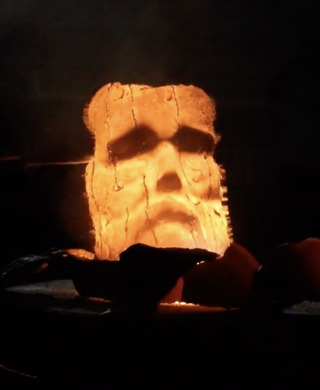
When he did, its blade stuck up out of the furnace for a moment, then melted down “like a stick of butter,” as Dr. Schmidt put it.
Lee’s face was the last piece to go into the crucible. Given how often the monument and its ideals were celebrated with flames — from Klansmen’s torches to the tiki torches of white nationalists in 2017 — it seemed fitting for flames to close over the monument.
...
Dr. Douglas, Swords Into Plowshares’ other co-founder, apologized that the ceremony could not be public. She thanked those in attendance, telling us we were witnessing it on behalf of Charlottesville’s residents, including those long gone who lived under slavery. Someday, she said, when we think of Civil War heroes, we will imagine not Lee but, instead, those who fought for their freedom against him.
The man in the protective visor dropped the red-hot piece of metal that once represented Lee on the ground. It fell to pieces, which he fed into the crucible. A line of cameras faced him, making new images of history as the old image finally disappeared in flames.
- Erin Thompson, "The Most Controversial Statue in America Surrenders to the Furnace." New York Times. October 24, 2023. Photo by Eze Amos.
#swords into plougshares#confederate monuments#robert e. lee#tear them down#historical monuments#american civil war#historical memory#united states history#united states politics
14 notes
·
View notes
Text
The strangest part about the continued personality cult of Robert E. Lee is how few of the qualities his admirers profess to see in him he actually possessed.
26 notes
·
View notes
Text

Explicitly has General Robert E. Lee consider how the AK-47 must have gone through many revisions and refinements to become the finished project, but doesn't have him declare "I say, I say, what about the other 46?" 0/10, would not recommend.
8 notes
·
View notes
Text

“Rise early, that by habit it may become familiar, agreeable, healthy, and profitable. It may, for a while, be irksome to do this, but that will wear off; and the practice will produce such a rich harvest forever thereafter; whether in public, or private walks of life.”
— George Washington in January 7, 1798 letter to George Washington Parke Curtis, his stepson and father in law of Robert E. Lee —
3 notes
·
View notes
Note
To follow the question about Jeff Davis, do you think Robert E Lee would be considered the greatest general in US history if not for being with the confederates in the civil war?
Don't you think that's a pretty big "if"?! Using a qualifier like that in your question is kind of like me asking people if they think my romantic relationship with Shakira would have been more successful if only she was aware of my existence.
59 notes
·
View notes
Text
Quick Thought – Friday, March 15, 2024: The Path to Success
Read
Matthew 25:14-30
His master said to him, “Well done, good and faithful servant. You have been faithful over a little; I will set you over much. Enter into the joy of your master.”
Matthew 25:23
Reflect
Not everyone starts out at the top. Some people work for years before they’re finally “discovered.” Consider the story of Sam.
Many years before the Civil War, Sam was a student at the U.S.…
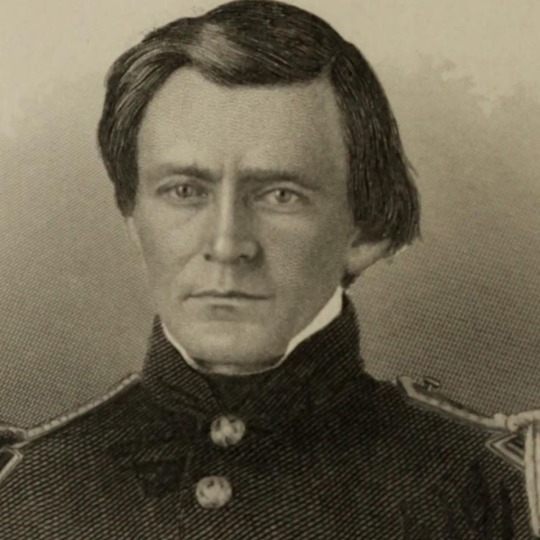
View On WordPress
#Army#Bible#bible study#Civil War#Confederacy#devotion#excellence#faith#General#God#Heaven#Jesus#Kingdom of God#military#military academy#President#Quick Thought#reflection#responsibility#Robert E. Lee#study#success#talent#Ulysses S. Grant#Union#United States#West Point
2 notes
·
View notes
Link
Please don't sleep on the Run Off. If you can donate, donate. If you live in Georgia, for fuckssake Vote! One more vote in the senate will definitely help. Also, no one with sense wants walker in the Senate for six years.
16 notes
·
View notes
Text
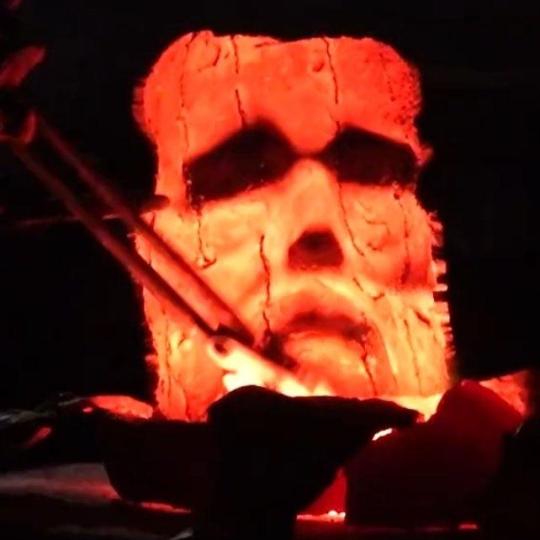
The Rule of a Fixed and Insolvent Majority
…In the Constitutional Convention James Madison was the greatest figure, but he had no abler coadjutor than Rufus King, then a delegate from Massachusetts, and both used their utmost endeavors to construct a constitution in which the national government should be clothed with real and not merely nominal power. They also acted together in the contest to secure the ratification of the constitution but after it went into effect Madison insisted that it must be construed according to the plain intent of its wording and could not be stretched to fit Hamilton's ideas of government which the Constitutional Convention had refused to adopt. Hamilton took bitterly to heart Madison's opposition to his financial policy, and openly declared a "determination to consider and treat him as a political enemy," and the inner federalist circle in the Senate regarded him in the same light.
One of this circle was Oliver Ellsworth, now a federalist leader, but in the Constitutional Convention a champion of state influence and an opponent of Madison and King. He had insisted upon the term "national government" being stricken from the constitution, stood for equal state representation in Congress, objected to all propositions to lodge extensive powers in the general government, and was one of the men who made the bargain with South Carolina, North Carolina, and Georgia, by which slavery was confirmed by the constitution, in return for a prohibition of taxes on exports and permission to Congress to pass navigation acts by a majority vote. In the Senate, however, in 1789, he drew up and carried to passage one of the most far-reaching acts of the first Congress, that which organized the federal judiciary and prescribed its jurisdiction.
The measures about which the fiercest conflict raged were those providing for the public debt and national bank, which the republicans believed the federalists wished to make engines of power and patronage to the national government. In his famous report of January 14, 1790, submitting his plan for supporting the public credit, Hamilton described a well-funded national debt as a desirable asset of government, and as having also a tendency "to cement more closely the Union of the States." But the South generally objected to the whole scheme, and General Henry Lee, Governor of Virginia, when the measures were before Congress, wrote to Madison saying he would rather see the Union dissolve than submit to "the rule of a fixed and insolvent majority…"
—Ed. Gaillard Hunt (1862–1924), Introduction and notes. Disunion Sentiment in Congress in 1794: A Confidential Memorandum for James Madison, Hitherto Unpublished, as written by John Taylor of Caroline, Senator from Virginia, 1905.
2 notes
·
View notes
Text
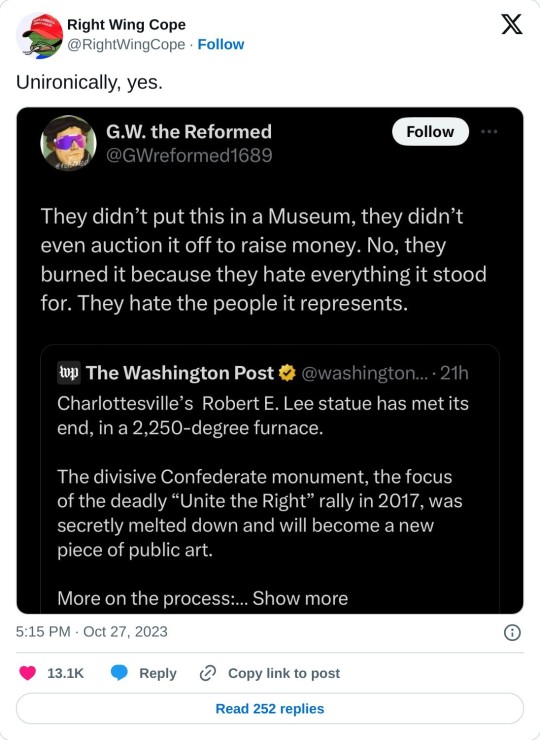
#us politics#tweet#twitter#x#@rightwingcope#republicans#conservatives#alt right#confederate states of america#confederate pride#fuck the confederacy#fuck the confederates#2023#robert e. lee#unite the right
63 notes
·
View notes
Text

🎭
2 notes
·
View notes
Text
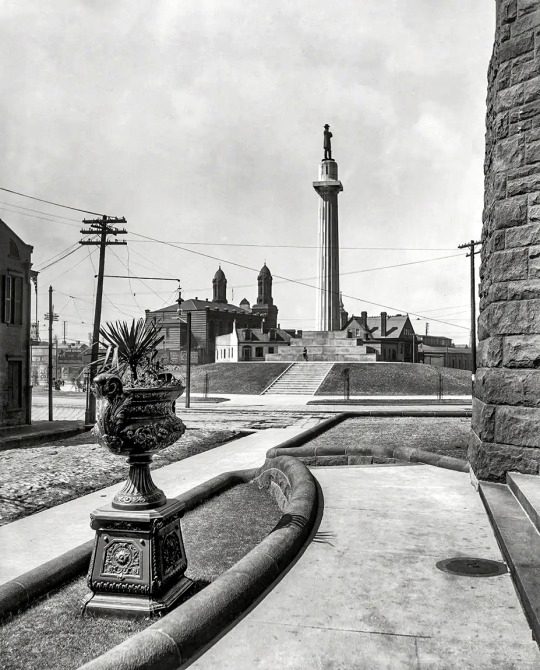
Scenes from home, past and present.
2 notes
·
View notes
Text
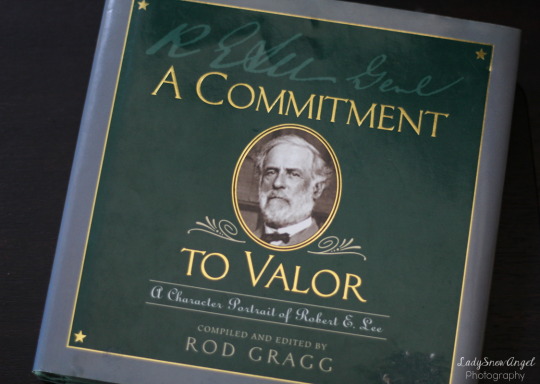
Currently reading A Commitment To Valor.
2 notes
·
View notes